Dune: Prophecy is an unprecedented development for the Dune franchise. Filmmakers and showrunners have taken multiple cracks at Frank Herbert’s classic 1965 novel before Denis Villeneuve’s excellent recent adaptation. Finally, after nailing down a near-perfect take on the material, newcomers can finally start working on the prequels and expanded material. Dune provides a very narrow look at an impossibly vast universe, but as Dune: Prophecy opens the door, book-unfriendly fans may finally be able to see the galaxy beyond the deserts of Arrakis.
There’s enough material in the Dune prequel novels to fill several dozen seasons of TV or a cinematic universe on the level of Marvel’s effort. That will likely never happen, as most materials take many wise liberties with the existing material to create something that better fits the medium. Beyond that, any adaptation of Dune has to contend with the franchise’s notorious density. The prequels only continue to dig deeper into the depths of what people will put up with in a sci-fi franchise. Sometimes, simplifying the details will make the series a bit more palatable.

Related
How Dune: Prophecy Offers a More Nuanced Look at House Harkonnen
Dune: Prophecy examines the traditionally villainous House Harkonnen with greater depth via the stories of sisters Valya and Tula.
Where does Dune take place?
Aside from a handful of scenes, Dune takes place on Arrakis. The ecological and topographical characteristics of the planet are key narrative elements of the book and film. The titular “Dune” is a native Fremen name for Arrakis. Writer Frank Herbert worked as an ecological consultant in Vietnam and Pakistan. Part of the inspiration for the novel came from an article he researched about sand dunes in Oregon. That background had a massive impact on Herbert’s work on Dune. He fleshed out the central planet with a degree of detail far beyond that of the usual science fiction world. Every detail works in concert to explain the existence of human life on an unforgiving desert planet. The Dune franchise does sometimes leave Arrakis.
Where will Dune: Prophecy focus?
Dune: Prophecy will not take place on Arrakis. The franchise keeps the name, but this series will only cover the desert world in a handful of flash-forwards, or references to its native spice. Dune: Prophecy will explore the universe a bit more.
Wallach IX
The first scenes of Dune: Prophecy take place on the homeworld of the Sisterhood, Wallach IX. Known primarily for its mountains and cliffsides, Wallach IX is a slightly obscure planet in the books. The original Dune only mentions it after the events of the first novel. It’s a meeting place that several parties use to discuss an attempt to unseat the newly all-powerful Paul Atreides. Expanded Dune, however, positions Wallach IX as the most important base of the Sisterhood. The secretive order that would develop into the Bene Gesserit was born on a planet called Rossak. Rossak possessed a toxic atmosphere that developed an awareness-spectrum narcotic not unlike the spice melange. Through the use of that drug, women could awaken psychic powers, leading to the foundation of the Sisterhood. During the Butlerian Jihad, the planet became even more uninhabitable. The Sisterhood fled to Wallach IX, where they built their school. Most Bene Gesserit sisters would receive their training on Wallach IX. Their massive castle also featured a shield system that kept them safe for generations.
Salusa Secundus
This once-glorious world appears very briefly in the 2021 Dune film. Fans of that film will have only seen black skies and rows of the Emperor’s Sardaukar fleet, but the distant prequel in Prophecy will depict it as it used to be. Salusa Secundus is the homeworld of House Corrino, the family that led the Imperium for several generations. During those millennia, it was a beautiful but very harsh planet. Its temperatures could be extreme, and its animal populations included many dangerous beasts. House Corrino eventually left Salusa Secundus for a paradise called Kaitain. Salusa Secundus became a prison planet, which held all those that violated the Emperor’s laws. Its harsh conditions allowed the Emperor to create their elite Sardaukar soldiers.
Lankiveil
While this planet is not likely to appear in the series, its influence will become clear early. Lankiveil is a cold planet covered mostly in water. Its primary export is whale fur, which is a critical resource in the universe. One of the key background narrative elements of Prophecy is House Harkonnen’s rise from exile into a position of power. One of the key ways they accomplished that seemingly impossible feat is by earning a massive fortune on the whale fur market. A character approaches the Emperor in the first episode of Prophecy to discuss whale fur as a commodity.
Caladan
The ancestral homeworld of House Atreides hasn’t appeared in Dune: Prophecy yet, but it will likely come up. Fans may remember it from the earlier moments of the 2021 film. Caladan is a lush world with extremely abundant water, confronting Paul with a massive shift when he and his family travel to Arrakis. If Keiran Atreides, the show’s lone representative of the iconic family, follows his connection to his name, the show may well find itself on Caladan.
Arrakis will still be an element in Dune: Prophecy, but it will be a distant concept. Characters who have been there or will later go there are fixtures of the series, but the desert planet simply isn’t the centerpiece anymore. Planets like Salusa Secundus and Wallach IX will be the centerpieces of the new series. Planets like Lankiveil and Caladan will likely bear lesser importance. It’s always exciting to delve deeper into the Dune universe.

Related
Dune: Prophecy’s Imperial Family Has Complex Political and Interpersonal Relationships
HBO Max series Dune: Prophecy presents a complex take on the Imperial House Corrino with a scheming Empress, a suave illegitimate son, and more.
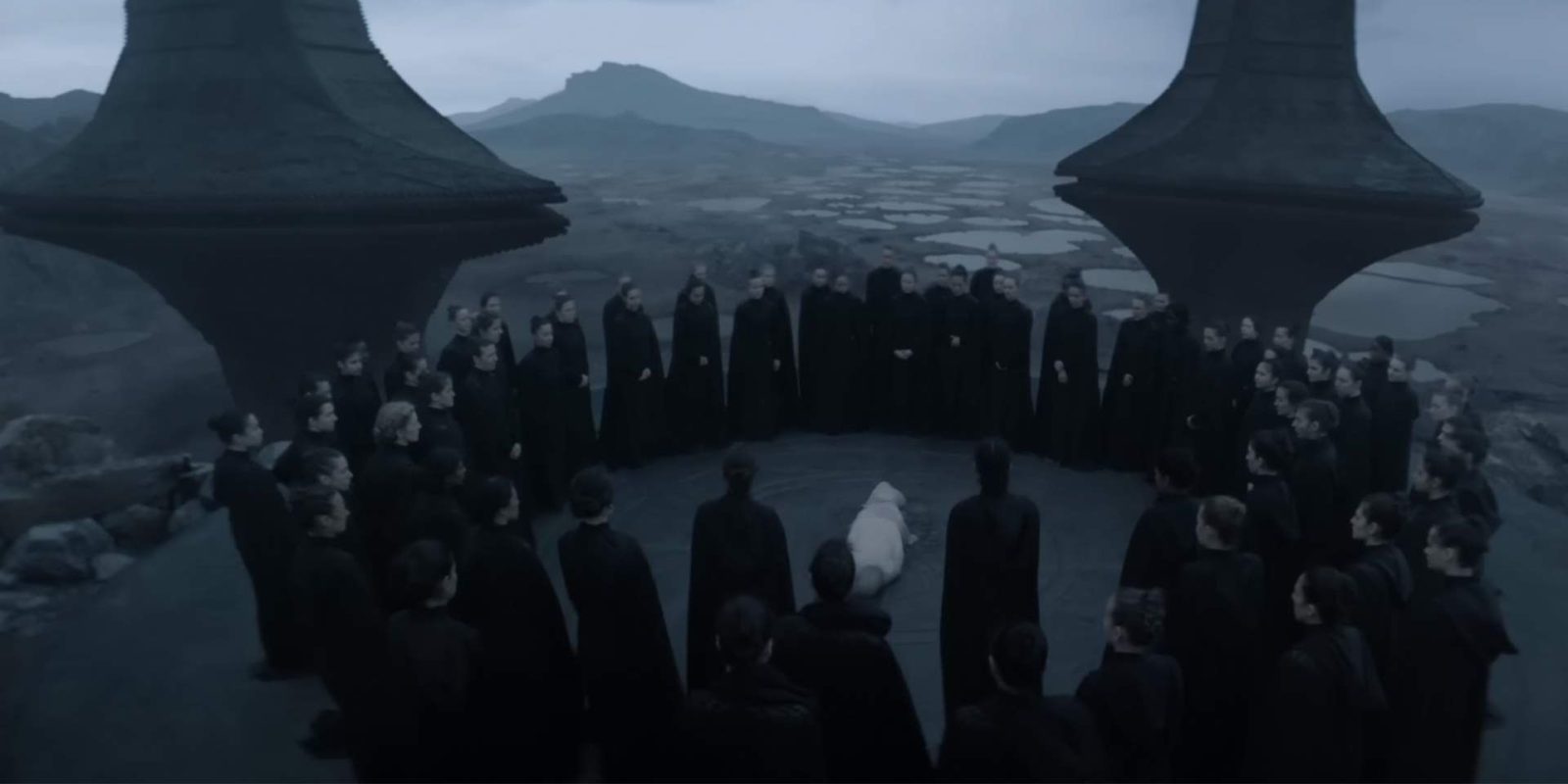

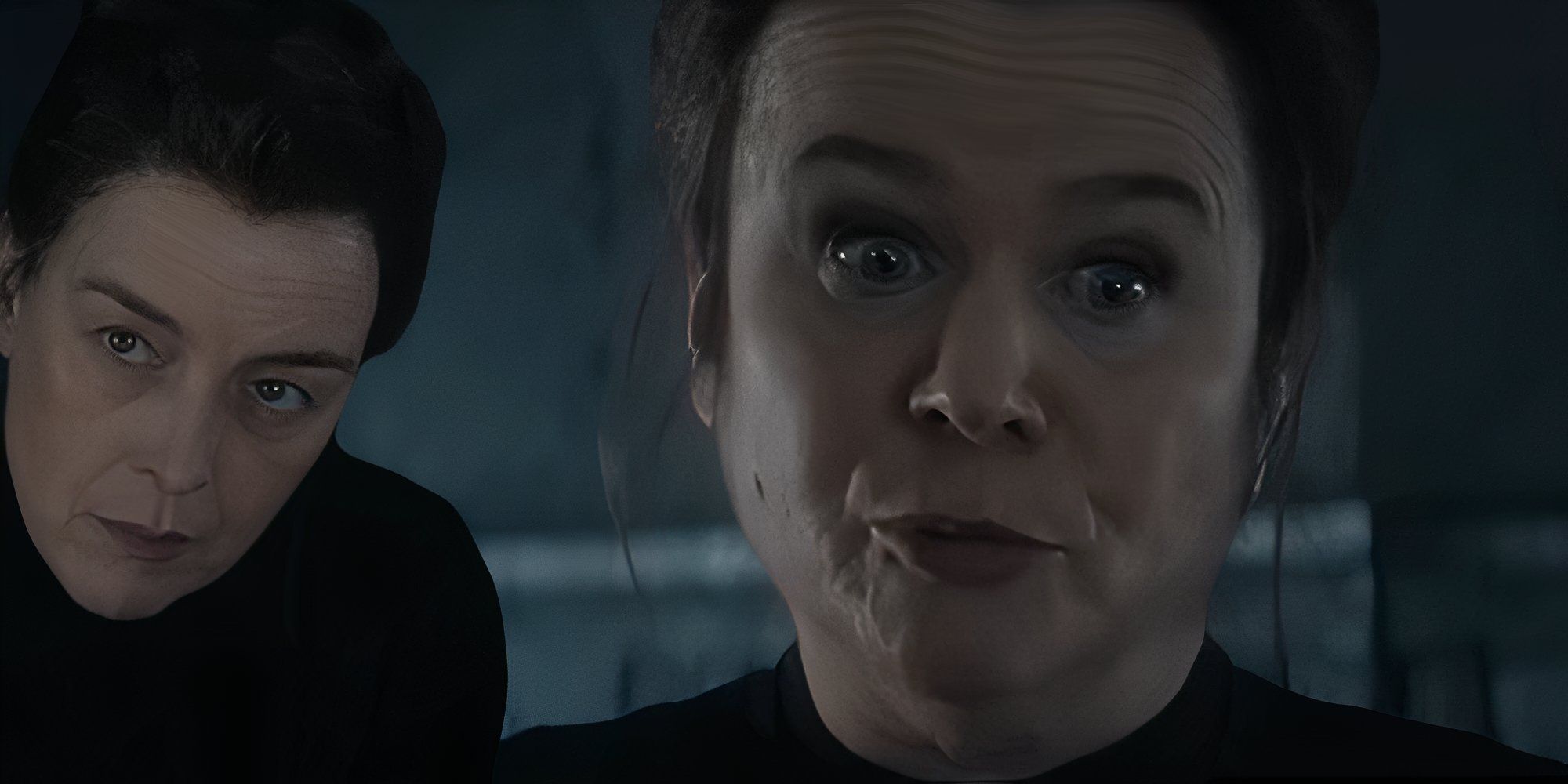
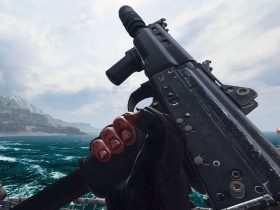
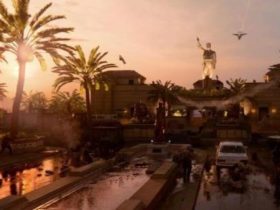
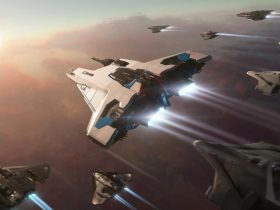





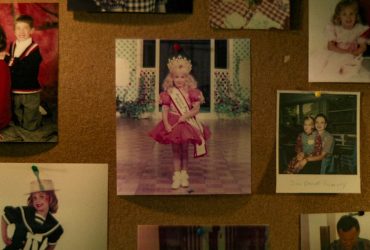

Leave a Reply